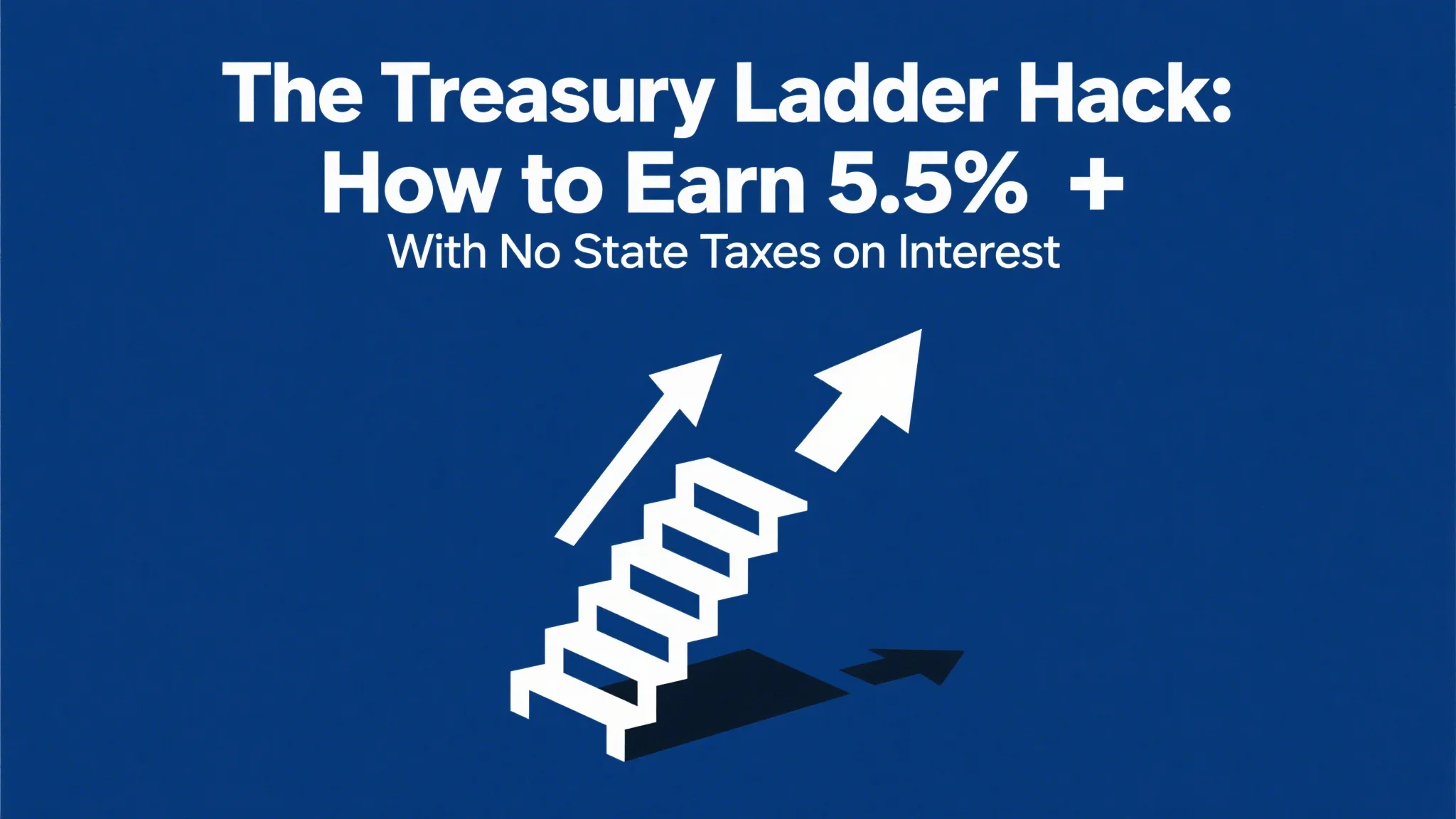When it comes to investing, especially in taxable accounts, understanding the true return on your investments is crucial. Municipal money market funds have long been a popular choice for investors seeking safety, liquidity, and tax efficiency. However, comparing their yields with those of taxable investments can be tricky due to the tax advantages they offer. In this article, we’ll explore how to calculate the tax-equivalent yield of municipal money market funds and why it’s essential for making informed investment decisions.

What Are Municipal Money Market Funds?
Municipal money market funds (MMMFs) are investment vehicles that pool money from multiple investors to purchase short-term debt instruments issued by municipalities, such as cities, towns, and states. These funds are designed to provide liquidity, stability, and relatively low risk, making them ideal for conservative investors. Unlike traditional money market funds that invest in corporate debt, municipal funds focus on tax-exempt bonds, which offer income that is free from federal and often state and local taxes.
Why Tax-Equivalent Yield Matters
The primary appeal of municipal money market funds lies in their tax efficiency. The interest earned from municipal bonds is typically exempt from federal income tax and, in some cases, state and local taxes as well. This tax advantage can make municipal funds more attractive than taxable investments, such as Treasury bills or corporate bonds, especially for investors in high-tax brackets.
However, comparing the yields of taxable and tax-free investments isn’t straightforward. A higher nominal yield on a taxable investment may not necessarily translate to a higher after-tax return. This is where the concept of tax-equivalent yield comes into play. By calculating the tax-equivalent yield of a municipal fund, you can determine its true return in comparison to a taxable investment.
How to Calculate Tax-Equivalent Yield
The tax-equivalent yield is the pre-tax yield of a taxable investment that would provide the same after-tax return as the tax-free yield of a municipal fund. To calculate it, you need to consider your tax bracket. Here’s a step-by-step guide:
Identify the Tax-Free Yield: Start by determining the yield of the municipal money market fund. This is the rate of return you can expect from the fund before taxes.
Determine Your Tax Bracket: Find out the applicable tax rate for the taxable investment you’re comparing. For example, if you’re in a 24% federal tax bracket, that’s the rate you’ll use.
Apply the Formula: Use the following formula to calculate the tax-equivalent yield:
[
\text{Tax-Equivalent Yield} = \frac{\text{Tax-Free Yield}}{1 – \text{Tax Rate}}
]
For instance, if the municipal fund offers a 2% yield and you’re in a 24% tax bracket, the calculation would be:
[
\text{Tax-Equivalent Yield} = \frac{0.02}{1 – 0.24} = 0.0264 \text{ or } 2.64\%
]
This means the municipal fund’s yield of 2% is equivalent to a taxable investment yielding 2.64% after accounting for taxes.
Why This Matters for Your Portfolio
Understanding the tax-equivalent yield allows you to make apples-to-apples comparisons between taxable and tax-free investments. For high-income earners in higher tax brackets, municipal funds can often provide a better after-tax return than their taxable counterparts. This is particularly true in states with high income tax rates, where the double tax exemption (federal and state) can significantly boost the fund’s effective yield.
For example, consider an investor in a 35% federal tax bracket and a 10% state tax bracket. A municipal fund yielding 2% would have a tax-equivalent yield of:
[
\text{Tax-Equivalent Yield} = \frac{0.02}{1 – 0.35 – 0.10} = \frac{0.02}{0.55} \approx 3.64\%
]
This highlights the significant advantage of investing in municipal funds for those in higher tax brackets.
The Benefits of Municipal Money Market Funds
Beyond the tax advantages, municipal money market funds offer several benefits that make them a strong choice for investors:
Safety and Liquidity: Municipal funds are generally low-risk investments, as they invest in short-term debt instruments with high credit ratings. They also provide daily liquidity, allowing investors to withdraw funds easily.
Tax-Free Income: The interest earned from municipal bonds is free from federal taxes and, in many cases, state and local taxes. This makes them an excellent option for investors looking to minimize their tax burden.
Diversification: By pooling investments across multiple municipal bonds, these funds reduce the risk associated with holding individual bonds.
When evaluating municipal money market funds, it’s essential to consider their tax-equivalent yield to understand their true return potential. By comparing this yield to the after-tax return of taxable investments, you can make more informed decisions about where to allocate your money. For investors in higher tax brackets, municipal funds can offer a significant advantage, providing a more attractive return when compared to taxable alternatives.
In the next part of this article, we’ll delve deeper into the factors that influence the yield of municipal money market funds and provide tips on how to choose the right fund for your investment goals.
When evaluating municipal money market funds, it’s essential to consider the factors that influence their yield and how to choose the right fund for your investment goals. Understanding these elements will help you maximize your returns while maintaining the safety and liquidity you expect from these investments.
Factors That Influence the Yield of Municipal Money Market Funds
The yield of a municipal money market fund is influenced by several factors, including the quality of the underlying bonds, the duration of the investments, and market conditions. Here’s a closer look at these factors:
Credit Quality: Municipal bonds are rated by agencies like Moody’s, Standard



